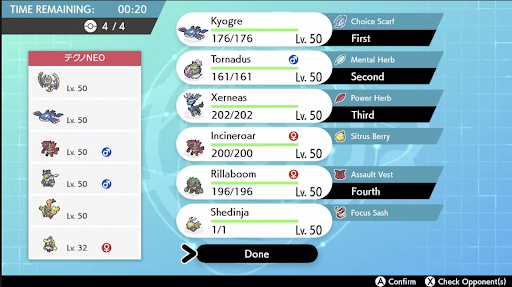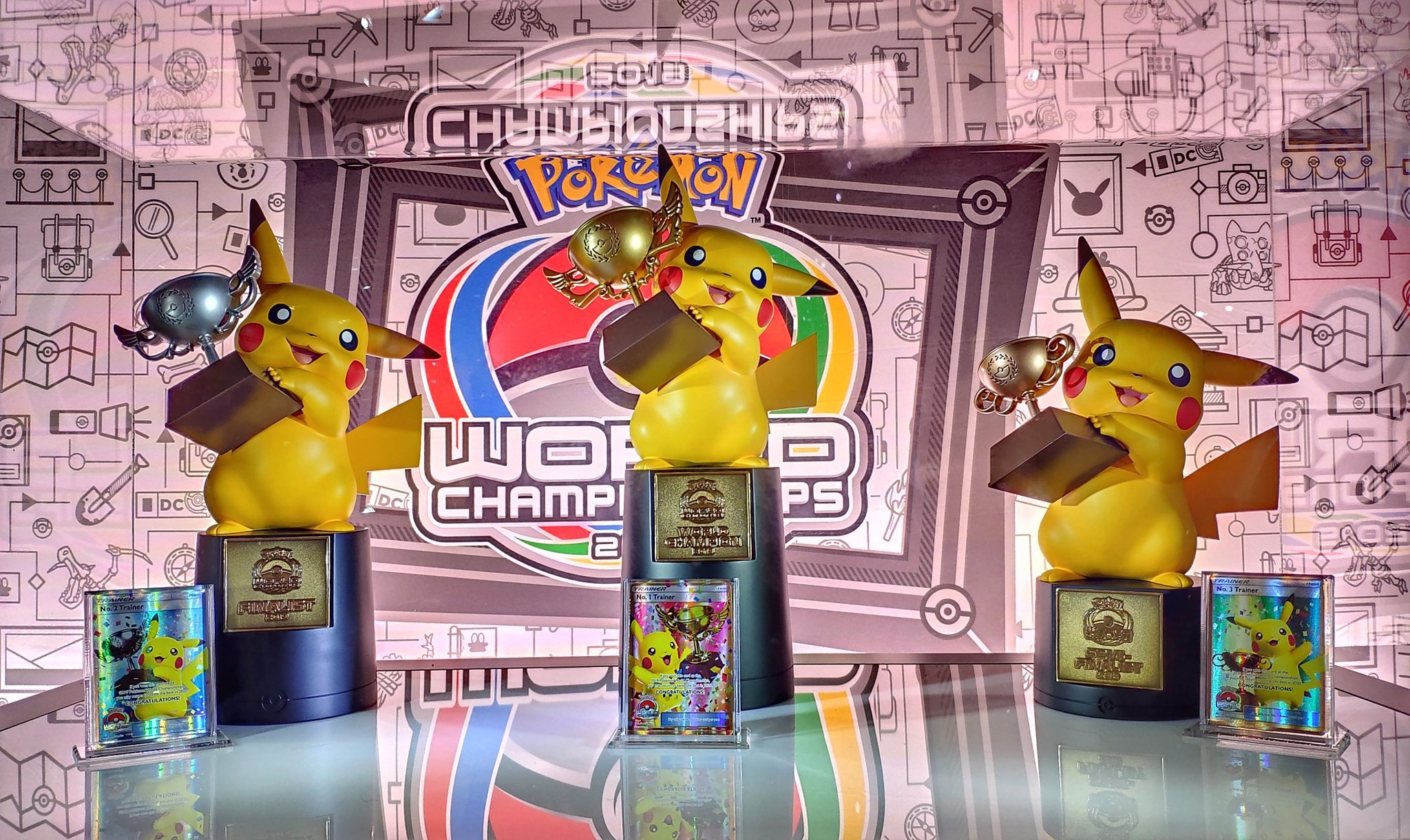
Introduction to Competitive Pokemon
6min 23sec read
Click here if you're new to competitive Pokemon!
Written by Aaron Traylor
Introduction / Beginners, Start Here
Welcome to the world of competitive Pokémon! If you’re reading this, Pokémon has probably been a part of your life, big or small: whether you grew up playing it, you watched the anime, you collected the cards, you play Pokémon Go, or you just like Pikachu. You might be curious what competitive Pokémon means or how Pokémon can even be competitive.
Competitive Pokémon is the natural extension of the battles in the Pokémon games: picking up where the games left off, competitive players battle against each other. There are many different ways to play Pokémon competitively, but this guide and website focus on the “official” style of competitive battling supported by The Pokémon Company. That style is called VGC, which stands for Video Game Championships. There are a couple of things that make VGC different from other forms of battling:
Double Battles
Most of the battles in the mainline Pokémon games (Red/Blue, Sword/Shield) that you might have played are Single battles: one Pokémon fights one Pokémon at a time. In VGC, two Pokémon fight against two Pokémon at a time. VGC battles are fast-paced and are all about how a trainer’s Pokémon work alongside each other.
Colosseum was the first game that centered solely on Double Battles.
Raihan's gym in Pokemon Sword and Shield featured several different double battles, and the trainers had Pokemon that made use of each other's abilities.
Pokemon Showdown is a popular fan-made site for playing battles over the internet (that is not affiliated with the Pokemon company). You don't even have to catch your own Pokemon– you can manually adjust the stats of your Pokemon.
Bring Six Pokémon, Battle With Four
Rather than fighting an opponent with your whole team, you look at their team and then pick four of your six Pokémon to bring to that battle, called "team preview". Because you send out two Pokémon, you’ll see half of the Pokémon that your opponent chose to bring to the battle as soon as the battle starts. The person who knocks out their opponent’s 4 Pokémon first is the winner.
This is a picture of team preview. The player has selected four of their Pokemon to come to battle against their opponent's team (left). The Pokemon will be sent out in the order that they're selected (so Kyogre and Tornadus will be sent out immediately, while Xerneas and Rillaboom wait in the back).
Allowed Pokémon
The set of Pokémon that are allowed for use in VGC changes every so often: this is usually called the VGC format or metagame (meta for short)*. VGC battles are always played on the most recent version of Pokémon (which is now Sword and Shield).
*Metagame means lots of different things, which we’ll get to later
Official Circuit
The Pokémon Company and The Pokémon Company International hold a worldwide circuit for VGC play that once a year culminates in the Pokémon World Championships, where a World Champion will be crowned. Qualification is done by gaining points through battling in person at events ranging from weekly events at your local game store to once-a-year International Championships. This year, the World Championships are in London, England on August 18 - 21. There are also different age divisions for children and teenagers:
Juniors: Born after 2011
Seniors: Born between 2007 and 2011
Masters: Born before 2007
There are lots of ways to enjoy VGC that don’t revolve around the World Championships: you can follow along at home, play on the Ranked Doubles ladder in your Sword and Shield game, or join community-run tournaments online.
Here are some reasons why we like competitive Pokémon:
Continue playing the games after you beat them. Many people have become the champion of the Pokémon League. But what comes after that? Competitive Pokémon allows you to bond with the Pokémon you’ve battled alongside in new ways.
It’s a strategy game. There’s a lot of different elements to strategize and plan out, from the Pokémon that you select for your team to the moves that you make in battle.
Huge amounts of customization. You’re able to customize everything about your team of Pokémon down to their stat points. This means you can create a style of play that feels totally “you”.
No technical skill required. Pokémon is very different from other “eSports”: the strategic decisions that are made don’t rely on reaction time and muscle memory. You’ll have a good amount of thinking time.
Age doesn’t matter. Anyone can play a battle of Pokémon-- we’ve competed against 8 year olds and 60 year olds.
This is called the “Battle Box”. It’s where you arrange Pokemon into teams to battle with in-game. You can access it by pressing X twice when you’re in the PC in Pokemon Sword and Shield.
The two main skills of Pokémon battling are teambuilding and battling:
Teambuilding: You get to pick the six Pokémon that you bring into battle and customize their moves. You can also use a team made by someone else if you don’t want to come up with them yourself.
Battling: Given your six Pokémon and their six Pokémon, knock out all four of your opponent’s Pokémon however you can. This is easier said than done!
Those are the basics!
From here, you’re ready to move on to the rest of the guide, where we can get you started teambuilding and battling as soon as possible. If you don’t know how the mechanics of Pokémon stats work, don’t worry: we have a light guide to get you on board quickly.
We hope you enjoy competitive Pokémon!







